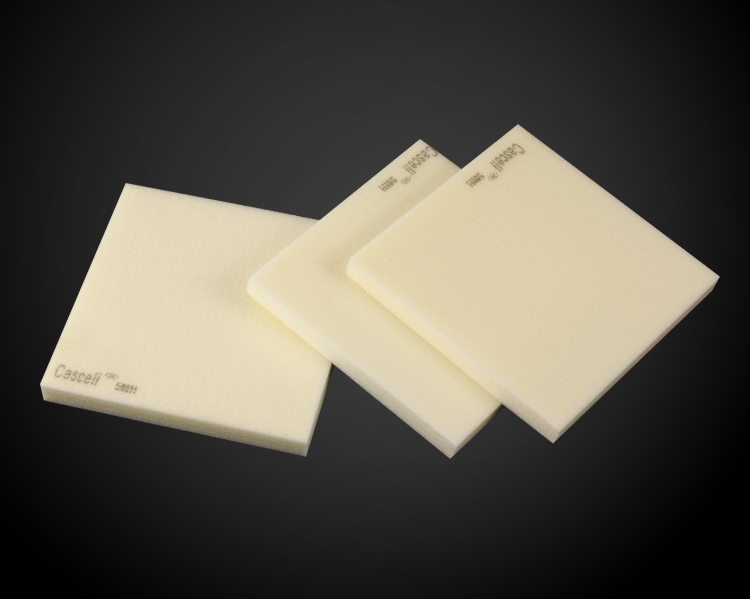
Compressive strength is the ability of a material to withstand a load when a force pushes it together when in compression. Ultimate strength is determined by the load applied when the fiber breaks or permanently deforms. The compressive strength usually takes the form of an epoxy resin matrix in laminated form. In terms of compression, Kevlar is much weaker than carbon fiber sandwich foam or fiberglass. Importantly, Kevlar is more likely to rupture when struck sideways, causing compressive strain in the fibers.
This is not to say that Kevlar should not be used, but to design a layer structure with enough covering structure, the needs that may be seen. Toughness is the ability of a material to resist cracking or absorb energy under stress. While strength and toughness are often related, strength is a measure of the highest stress a fiber can withstand, while toughness is a measure of how much stress a material can withstand before it deforms.

It is also the stress, area under the strain curve measured from the beginning of the test to the point of failure, it is common for fibers with weaker strengths to still exhibit "tougher" properties. Toughness can characterize the tendency of a material to resist fatigue and wear. Kevlar is the lightest fabric widely used in composites, and its toughness also exceeds that of fiberglass and carbon fiber.
For this reason, Kevlar is heavily used in vibration damping applications and offers better impact resistance than carbon fiber or FG. This toughness also helps with Kevlar, as it is more resistant to fatigue under repeated loading. Rigidity/stiffness/stiffness are all characterized by the ability of a material to not deform under load. It determines whether certain components will stretch or move under load, where tight tolerances on load-bearing structures can be an issue in design critical areas.
If parts are required to maintain tight dimensional tolerances under load, carbon fiber is the answer. While carbon fiber has the highest modulus of the three fiber types, carbon fiber composites maintain tighter dimensional tolerances even when loaded near their ultimate strength. Although each fiber is classified as a high modulus material, each fiber behaves differently when loaded near its ultimate strength and throughout the loading cycle. While carbon fiber can only provide about 2%, Kevlar 29 and glass fiber provide almost twice the tensile load as carbon fiber.
